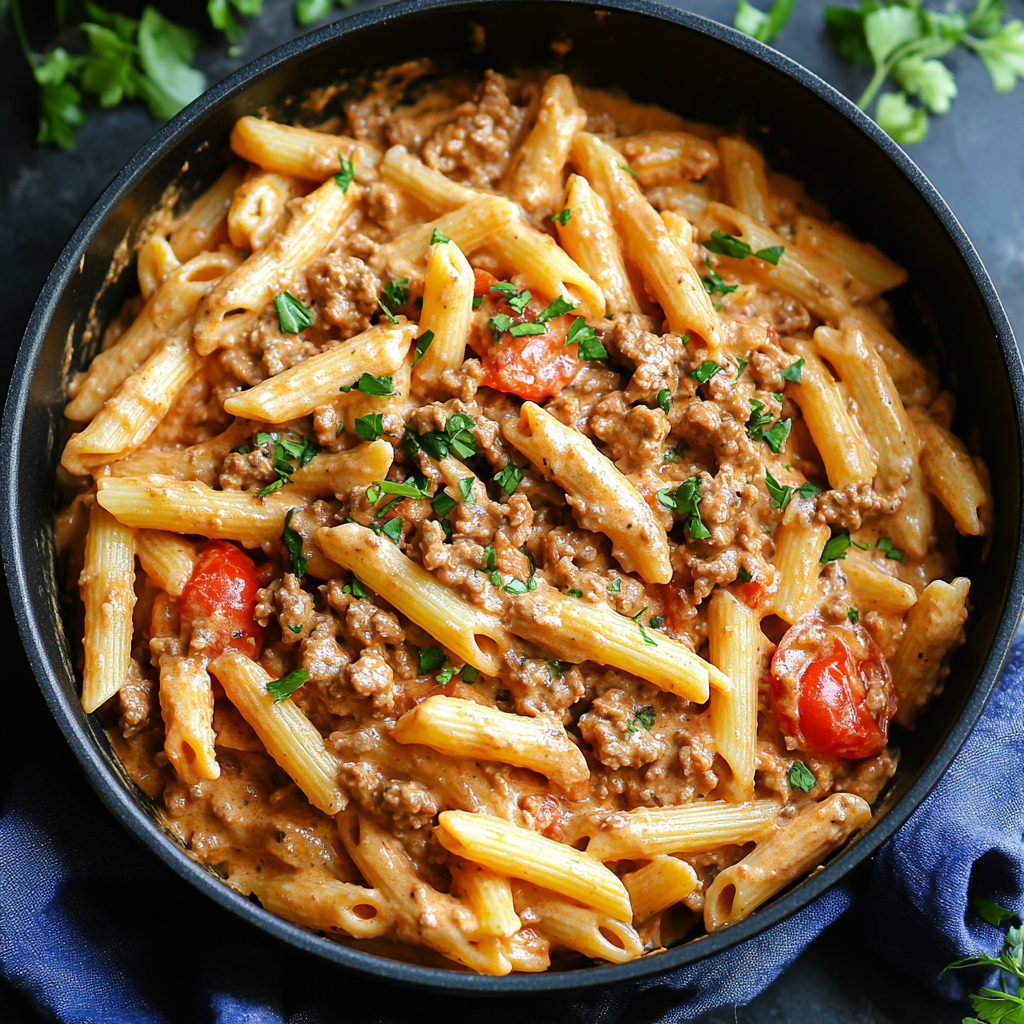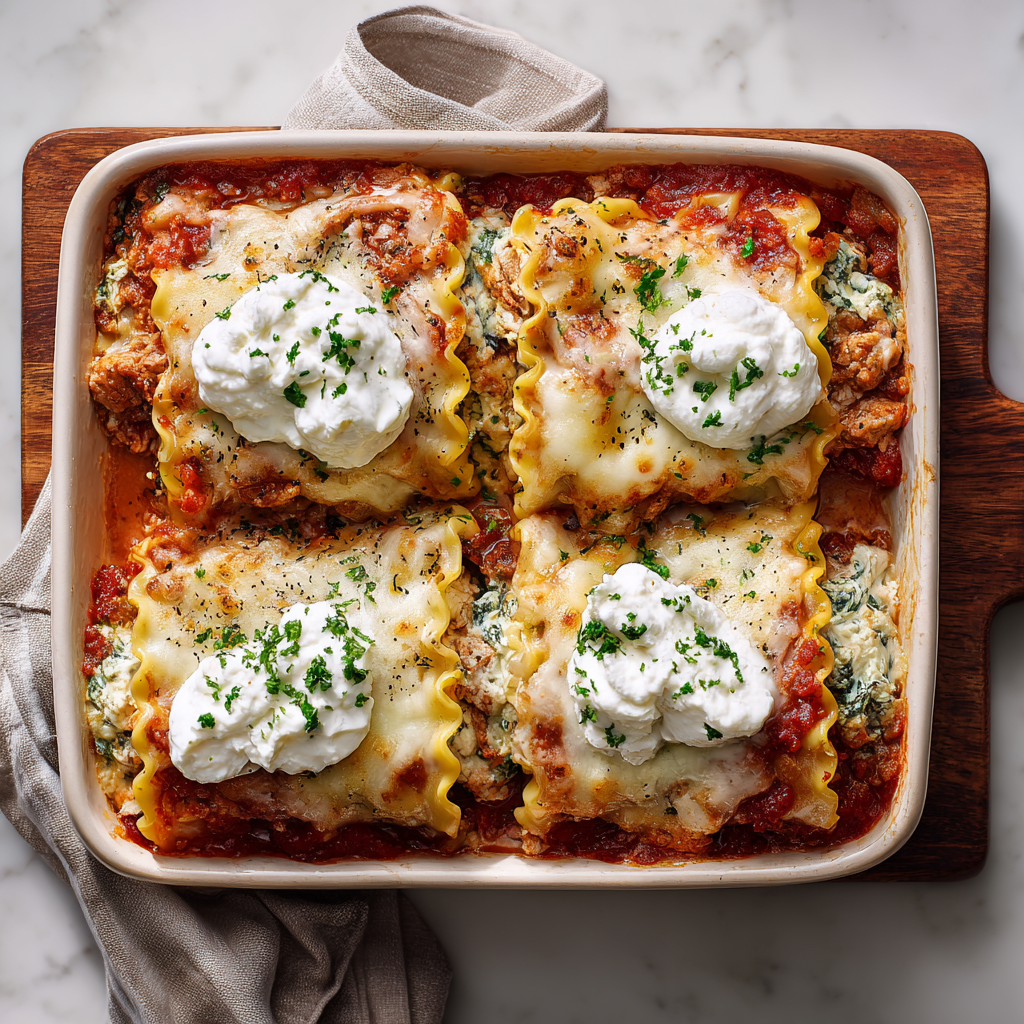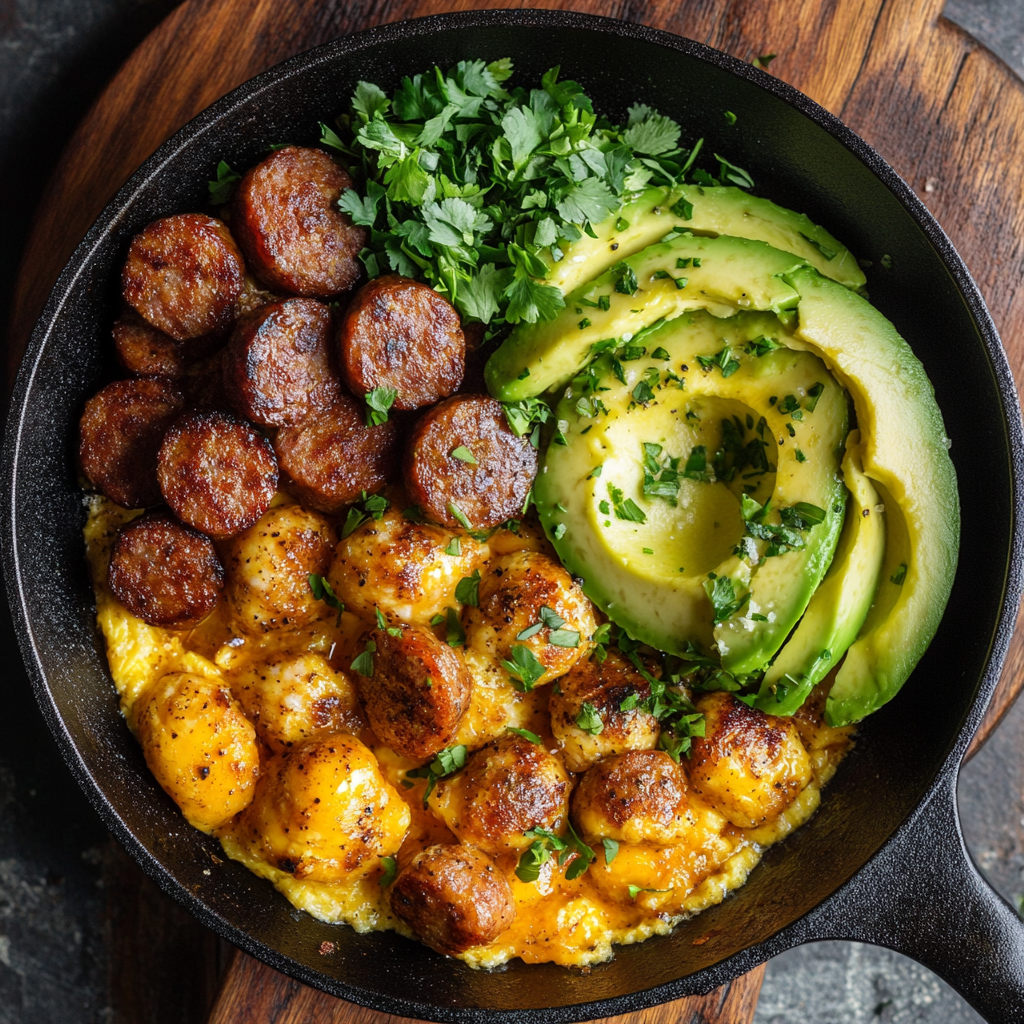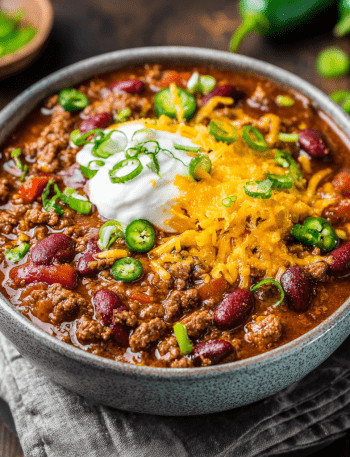The Ultimate Japchae: Korean Sweet Potato Noodles That’ll Steal Your Heart
Hey there, kitchen friends! 👋 Raise your hand if you’ve ever tasted something so magically slurpable, so gloriously glossy, and so perfectly balanced between savory and sweet that you immediately needed the recipe? That’s exactly what happened to me the first time I tried Japchae (Korean sweet potato noodles) at a tiny Seoul food stall years ago. Picture this: springy, chewy noodles dancing with colorful veggies in a garlicky sesame-soy embrace that makes your taste buds do a happy little shimmy. This isn’t just any noodle dish—it’s Korea’s beloved party food, celebration staple, and the ultimate “I-love-you” comfort food all rolled into one vibrant bowl. And guess what? It’s shockingly easy to make at home! Forget takeout menus; today, we’re wok-tossing our way to Japchae glory with my foolproof recipe that’s packed with chef hacks and shortcuts. Ready to make your chopsticks clap? Let’s dive in!
When Japchae Saved My Rainy Day (And My Sanity!)
Let me take you back to my first apartment in New York—tiny kitchen, leaky faucet, and one very homesick chef (yours truly!). One gloomy Tuesday, my Korean neighbor Mrs. Lee saw me moping over instant ramen and marched over with a steaming container of Japchae. “Real food for real sadness,” she declared. As I took that first bite—the toasted sesame hitting my nose, the chewy noodles bouncing with every chew—something magical happened. The rain outside didn’t matter anymore. We spent the afternoon at her kitchen table, julienning carrots while she shared stories of making Japchae for her son’s weddings. “Every strand means long life,” she whispered, squeezing my hand. That’s the power of Japchae, friends—it’s not just dinner, it’s edible joy. Now, whenever clouds gather (literal or emotional), I make this dish and hear Mrs. Lee’s laugh echoing in my sizzling wok.
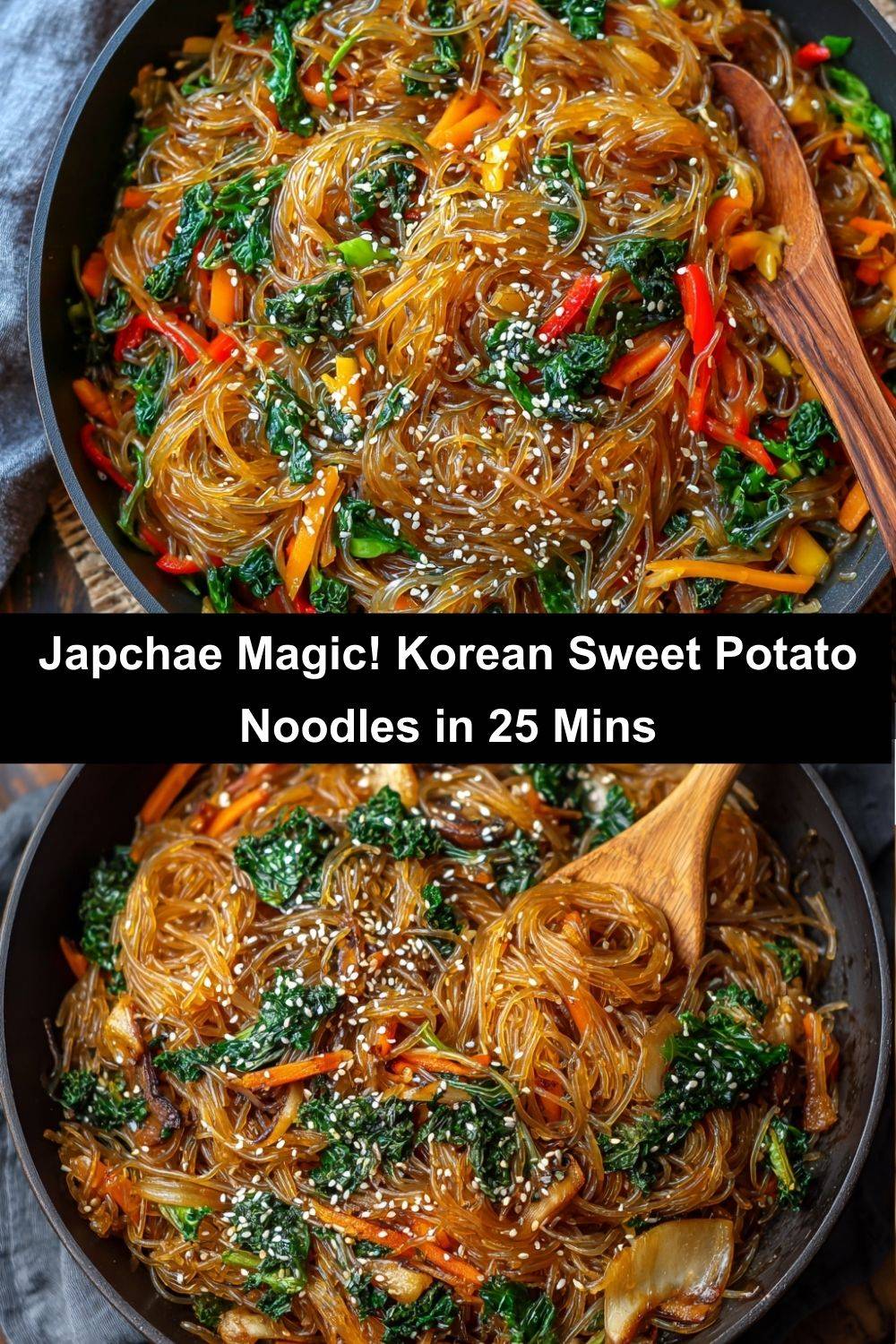
Your Japchae Toolkit: Noodles, Magic Sauce & Rainbow Veggies
Don’t sweat the ingredient list! Half of these probably live in your pantry already. Pro tip: Dangmyeon noodles (sweet potato starch noodles) are non-negotiable—they turn gorgeously translucent and have that signature springy bite! Find them at any Asian market or online.
- Sweet Potato Noodles (Dangmyeon, 200g): The star! Chewy, gluten-free, and slurp-tastic. Chef’s hack: Soak in cold water for 20 mins pre-boiling for faster cooking!
- Light Soy Sauce (⅓ cup): The umami backbone. Sub: Tamari for gluten-free. Never use dark soy—it’s too intense!
- White Sugar (1 tbsp): Balances saltiness. Chef’s insight: Swap with honey or maple syrup for depth.
- Garlic (3 cloves, minced): Non-negotiable flavor bomb. Grate it if you’re lazy (I do!).
- Toasted Sesame Oil (1 tbsp): The aromatic soul of Korean cooking. Warning: Regular sesame oil won’t cut it!
- Black Pepper (½ tsp): Freshly cracked adds warmth. Fun twist: Add a pinch of gochugaru (Korean chili flakes) for heat.
- Sesame Seeds (1 tsp + garnish): Toasted = flavor explosion. Keep extras for sprinkling!
- Veggie Squad (4 cups total): Spinach (blanched), carrots (julienned), shiitake mushrooms (soaked!), bell peppers (thin strips), onion (sliced). Budget swap: Use whatever’s in your crisper!
- Protein Power-Up (Optional): Thinly sliced beef, crispy tofu, or silky egg ribbons. Pro move: Marinate beef in 1 tbsp sauce first!
Let’s Wok & Roll: Your Foolproof Japchae Journey
Fear not—we’re cooking components separately for perfect texture, then tossing like confetti at a party! Total time: 25 mins flat.
- Noodle Mastery: Boil noodles per package (usually 8 mins). Critical hack: Drain, rinse under COLD water, then snip with scissors 2-3 times. No one wants noodle ropes! Toss with 1 tsp sesame oil to prevent clumping.
- Sauce Whisk Wonderland: Whisk all sauce ingredients. Secret: Let it sit 10 mins—the garlic infuses like a flavor fairy!
- Veggie Tango (Do this while noodles boil!): Sauté onions in 1 tbsp oil until soft. Add carrots (cook 2 mins), then peppers and mushrooms (cook 3 mins). Spinach goes last—just wilt it! Texture tip: Keep veggies crisp-tender for that satisfying crunch.
- Protein Power (If using): In same pan, sear beef/tofu 2 mins per side. For eggs: Swirl beaten eggs into hot oil for thin “ribbons,” then slice.
- The Grand Toss: Combine EVERYTHING in the wok (noodles, veggies, protein). Pour sauce over. Toss with tongs on medium heat 2-3 mins until glossy. Chef’s mantra: “Toss, don’t stir!” You want those noodles intact.
- Finish with Flair: Kill the heat. Drizzle extra sesame oil and shower with sesame seeds. Your kitchen now smells like Seoul heaven!
Plating Perfection: How to Serve Your Japchae Masterpiece
Japchae shines bright served family-style! Pile it high in a wide, shallow bowl so every jewel-toned veggie peeks through. Top with extra sesame seeds, sliced scallions, and maybe a sprinkle of nori strips for ocean umami. Pro tip: Serve slightly warm or at room temperature—it’s FANTASTIC next day cold from the fridge! Pair with kimchi for tangy crunch and grilled Korean BBQ meats if you’re feeling fancy. Chopsticks optional (but highly encouraged for maximum slurp drama).
Mix It Up! 5 Delicious Japchae Twists
This recipe is your playground! Try these riffs:
- Spicy Firecracker: Add 1 tbsp gochujang to sauce + garnish with chili threads.
- Vegan Vibes: Skip egg/beef. Use marinated baked tofu + 1 tbsp maple syrup in sauce.
- Seafood Sensation: Swap beef for shrimp and squid rings. Add 1 tsp fish sauce to dressing!
- Rainbow Bowl: Add purple cabbage, yellow zucchini, and edamame for extra color.
- Low-Carb Hack: Replace half noodles with spiralized sweet potato or zucchini (blanch first!).
Confessions of a Japchae Fanatic
True story: My first homemade Japchae was a sticky disaster! I didn’t rinse the noodles, and they became one gelatinous blob. Mrs. Lee laughed until she cried, then taught me the COLD WATER RINSE trick. Over the years, I’ve tweaked this recipe relentlessly—adding a dash of mirin for brightness, doubling the garlic (always!), and simplifying the veggie prep. The biggest game-changer? Cooking components separately. Yes, it dirties more pans, but the texture payoff is worth it. Nowadays, my kids demand “confetti noodles” for birthdays—we even add edible flowers for celebrations! Remember: Japchae is forgiving. Forget a veggie? Burn the mushrooms? Toss in roasted peanuts for crunch and call it fusion. Cooking should be joyful, not stressful!
Japchae SOS: Your Burning Questions Answered
Q: Help! My noodles turned into a sticky brick. What went wrong?
A: Two likely culprits: 1) You didn’t rinse them under cold water after boiling (this stops cooking and removes starch). 2) You added sauce while noodles were hot—let them cool slightly first! Salvage hack: Toss with extra sesame oil and gently separate strands with wet hands.
Q: Can I prep Japchae ahead for a party?
A: Absolutely! Cook components (noodles, veggies, protein) separately, store in fridge. Toss with sauce 1 hour before serving—it lets flavors mingle. Japchae tastes better day two!
Q: Where do I find dangmyeon noodles?
A: Asian grocery stores (look for bags labeled “Korean sweet potato starch noodles” or “glass noodles”). Online lifesavers: Amazon or H-Mart. Can’t find them? Mung bean glass noodles work in a pinch, but texture differs.
Q: Why is my Japchae bland?
A: Three fixes: 1) Toast your sesame seeds—it amplifies flavor! 2) Use fresh garlic, not powder. 3) Let sauce sit 10+ mins before tossing. Still bland? Add 1 tsp rice vinegar for brightness.
Nutritional Nudge (Because Balance Matters!)
Per serving (1/4 recipe, with noodles & sauce only): Calories 85 • Fat 4g • Carbs 10g • Protein 2g. Note: Adding veggies boosts fiber/vitamins! With beef/tofu and full veggie load: ~320 calories per serving. Gluten-free if using tamari!
Print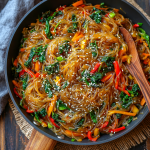
Korean Sweet Potato Noodles (Japchae)
- Total Time: 25 minutes
- Yield: 3-4 1x
Description
Slippery, glossy, and packed with flavor—Korean sweet potato noodles (Japchae) are the ultimate savory-sweet comfort dish. Tossed in a garlic-sesame soy glaze, these chewy noodles shine with umami and just the right touch of sweetness. A Korean classic that feels both light and satisfying!
Ingredients
⅓ cup light soy sauce
1 tbsp white sugar
3 cloves garlic, minced
1 tbsp sesame oil
½ tsp black pepper
1 tsp sesame seeds
Optional Add-Ins
Cooked Korean sweet potato noodles (dangmyeon)
Sautéed veggies (spinach, carrots, mushrooms, onions, bell peppers)
Protein like beef, tofu, or egg strips
Instructions
Cook the noodles: Boil sweet potato noodles according to package instructions. Rinse with cold water, drain, and set aside.
Prepare the sauce: In a small bowl, whisk together soy sauce, sugar, garlic, sesame oil, black pepper, and sesame seeds.
Stir-fry (optional): In a large pan, sauté veggies or protein with a little oil until tender.
Toss it all: Add noodles to the pan, pour in the sauce, and toss everything together for 2–3 minutes until heated through and well coated.
Serve warm or cold: Garnish with more sesame seeds or sliced green onions.
- Prep Time: 10 minutes
- Cook Time: 15 minutes
Nutrition
- Calories: 85/serving
- Fat: 4g/serving
- Carbohydrates: 10g/serving
- Protein: 2g/serving
Final Thoughts: Slurp, Smile, Repeat
Japchae isn’t just a meal—it’s a mood. It’s the dish that brings color to gray days, that makes kitchen dance parties feel justified, and that somehow always tastes better when shared. Whether you’re a seasoned home cook or just learning to tell spinach from scallions, this recipe is your golden ticket to a wildly flavorful, joy-sparking bowl of Korean comfort.
From Mrs. Lee’s kitchen table to your own stovetop, Japchae has this magical way of turning simple ingredients into something deeply comforting and celebration-worthy. It’s flexible, forgiving, and full of personality—just like the best meals should be. So don’t worry if your carrots are crooked or your noodles a little too long. As long as it’s saucy, chewy, and tossed with love, you’ve nailed it.
So grab your chopsticks, gather your people (or treat yourself!), and let every glossy bite remind you: food isn’t just fuel—it’s connection, culture, and joy in a bowl.
Until next time, keep your noodles bouncy and your sesame oil toasty! 💛🍜
